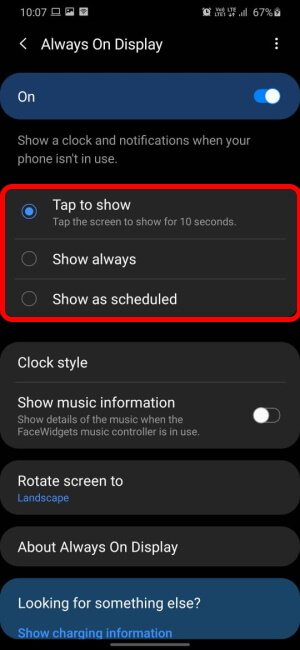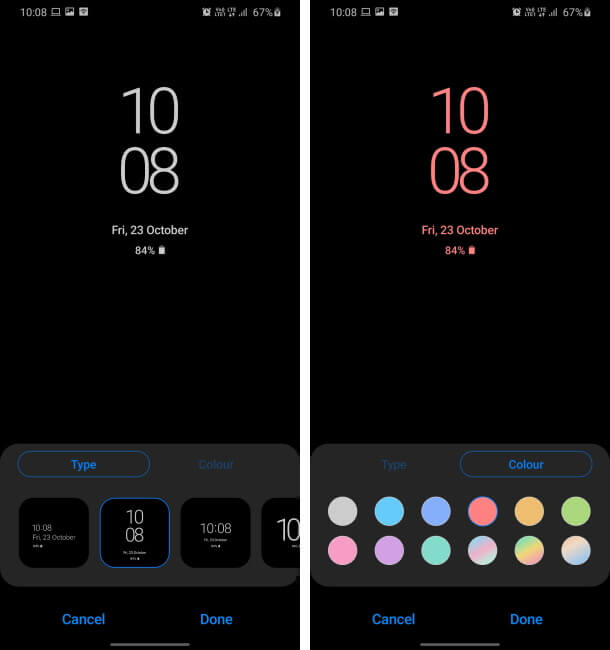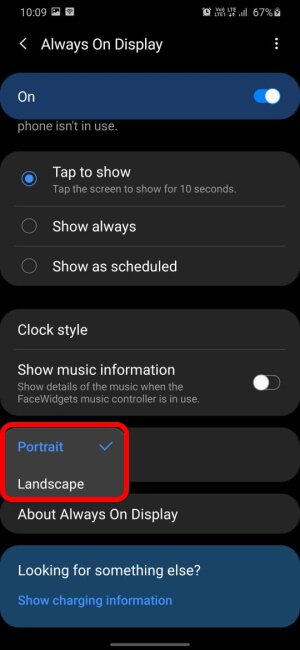Table of Contents Show
Samsung’s only smartphone brand that offers Always on Display from mid-range to expensive flagship phones like Galaxy Note 20, S20. Whether it is Galaxy M, Galaxy S, Galaxy A, or Galaxy Note phone, this article is one stop to learn about AOD and enable it. You don’t need to download any third-party applications; Samsung’s AOD will give you a quick look at the Clock, Calendar, Notifications, Messages, Battery Percentage, and many more things, without unlocking the device. Unlike any other Android device, in Samsung you get loads of customization options inside the Always On Display settings, all you need to do is, read the tutorial to end and personalize the lock screen with AOD.
By default, the Always On Display feature is disabled as it consumes a considerable amount of battery, and some users might not be happy with that. Now that time is long gone when we have to worry about battery, the Galaxy phones are equipped with huge battery capacity, that’s the reason, why folks are using the Always On Display. If you want to know about the Always On Display, the process to turn it on and customize it, this article is for you.
How to Use AOD on Samsung Phones and Customize it
What is Always on Display?
Always on Display on Android phones is nothing but a feature that shows Clock, Notifications, Messages, Battery Status, and more, just like you wish to see. Mostly, all the Samsung phones including the Note and S series supports AOD and it is extremely easy to use. However, it is a battery-hogging feature, therefore don’t leave it on when you are running out of battery.
How to Turn On Always On Display (AOD) on Samsung Galaxy Note 20, S20, Note 10, S10, and on Any Samsung Phone?
Samsung has already added the Always On Display button in the Notifications bar, unless you don’t want to customize the AOD, directly turn on the AOD from the notifications center. And if Always on Display is missing on your Samsung phone, here’s how to turn it on from the Settings app.
- Pull down the notification bar and tap on Settings gear or locate the Settings app in the app drawer.
- Scroll down to the Lock screen.
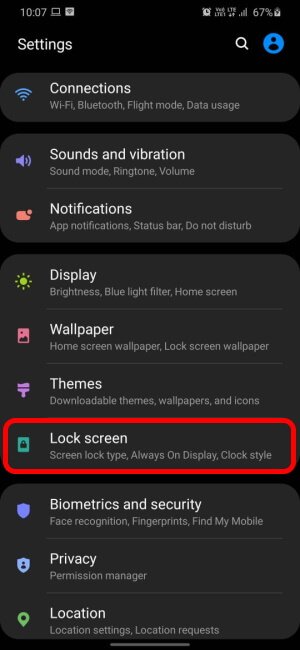
- Turn On Always On Display.
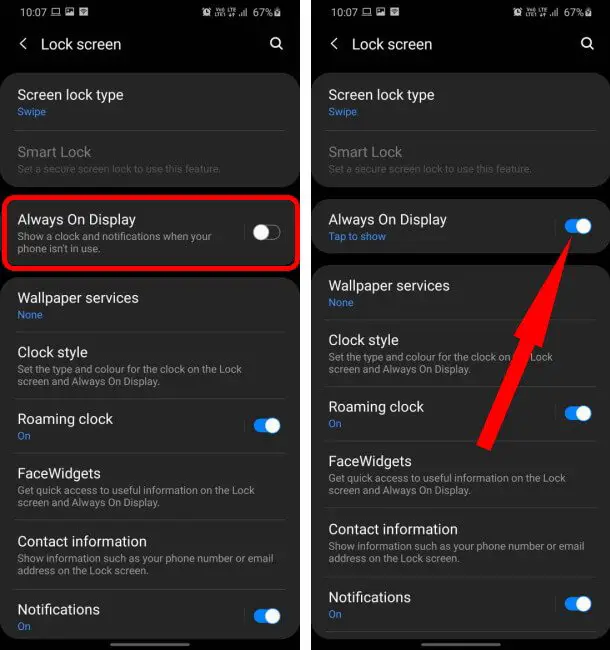
Furthermore, we’ve also covered a short guide to customize the AOD on your device, jump to the next section for that.
How to Customize Always On Display on Samsung Phones?
Always on Display is fully customizable, from clock style to clock color everything is in your hand, let’s see how to adjust Always on Display on Samsung Galaxy S20, Note 20, Note 10, S10, S9, and any other Samsung phones.
You should see a number of options such as Tap to show, Show always, and Show as scheduled. Let us understand what these terms mean.
Tap to show: As shown, when you enable Tap to show, the AOD will keep the display on for 10 seconds. In my opinion, this option is best suitable to save battery while using the AOD.
Show always: The term itself suggests, the AOD will remain on all the time, at the same time, you should be aware of battery usage, I don’t suggest this if you want to retain the device’s battery life.
Show as scheduled: Schedule the time for the Always On Display, during that time period Always On Display, would be shown to you. For example, if you prefer to show the AOD during night time, set the start time and end time (11 PM to 6 AM) or whatever suits you.
Choose Different Clock Style
Underneath there’s an option to pick Clock Style and Color for the clock.
Tap on the Clock style (Settings app > Lock screen > Always On Display), select the Type tab, and scroll sidewise to explore the clock styles, besides tap on the Color to change the color of the clock.
Next, you’ll see Show music information, toggle to turn it on, this will show you the live music track that you’re playing on the AOD.
Lastly, Rotate screen to, let it be Portrait.
More Posts,

